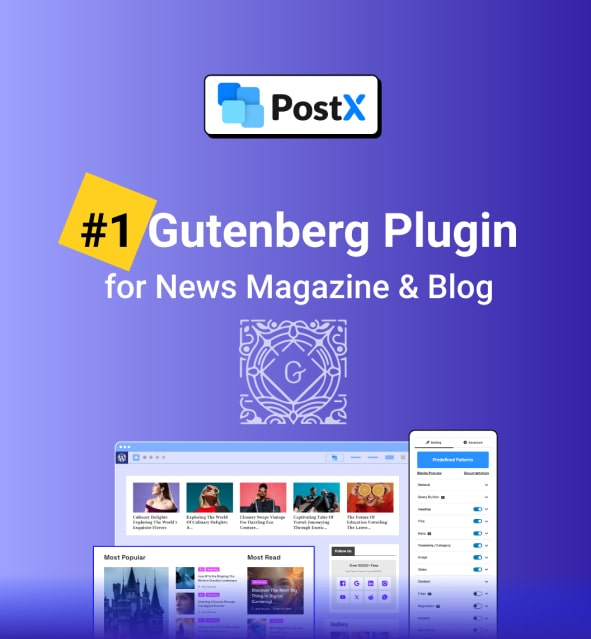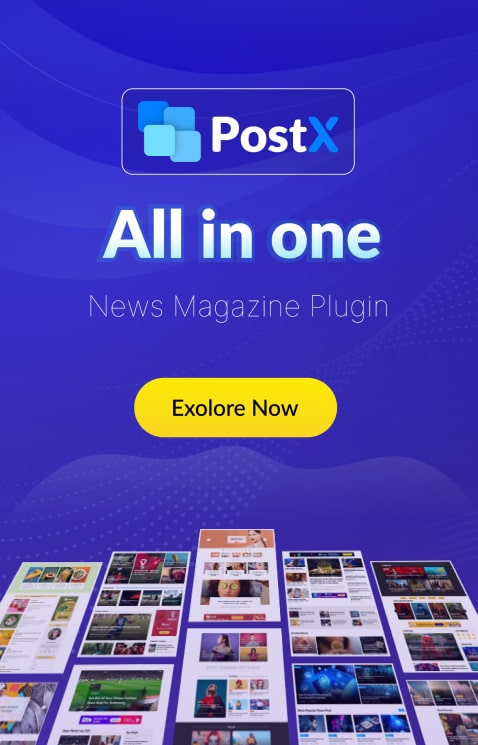A non-fungible token – NFT is a way of proving that a digital item is the only one of its kind in existence and therefore cannot be copied or reproduced without the owner’s knowledge and consent. They can be thought of as digital certificates of authenticity. Non-Fungible Tokens – NFTs are considered modern-day collectibles by some people. They’re bought and sold online, and represent digital proof of ownership of any given item. Non-Fungible Tokens – NFTs are securely recorded on a blockchain.

Non-Fungible Token – NFT
Non-fungible tokens – NFTs are assets that have been tokenized via a blockchain. They are assigned unique identification codes and metadata that distinguish them from other tokens. NFTs can be traded and exchanged for money, cryptocurrencies, or other NFTs—it all depends on the value the market and owners have placed on them.
For instance, you could use an exchange to create a token for an image of a banana. Some people might pay millions for the NFT, while others might think it worthless. Cryptocurrencies are tokens as well; however, the key difference is that two cryptocurrencies from the same blockchain are interchangeable—they are fungible. Two NFTs from the same blockchain can look identical, but they are not interchangeable.
NFTs Technology
Non-Fungible Tokens – NFTs use the same blockchain technology used by cryptocurrencies like Bitcoin to keep a ledger, a permanent record of all tokens, and who owns them. Each entry is unique. In the beginning, Non-Fungible Tokens – NFT used standard ERC-721, which was the first standard for non-fungible digital assets. ERC-1155 brought the idea of semi-fungibility to the Non-Fungible Token – NFT world and also provides an extended feature set for ERC-721, which means that an ERC-721 asset can be built using ERC-1155.
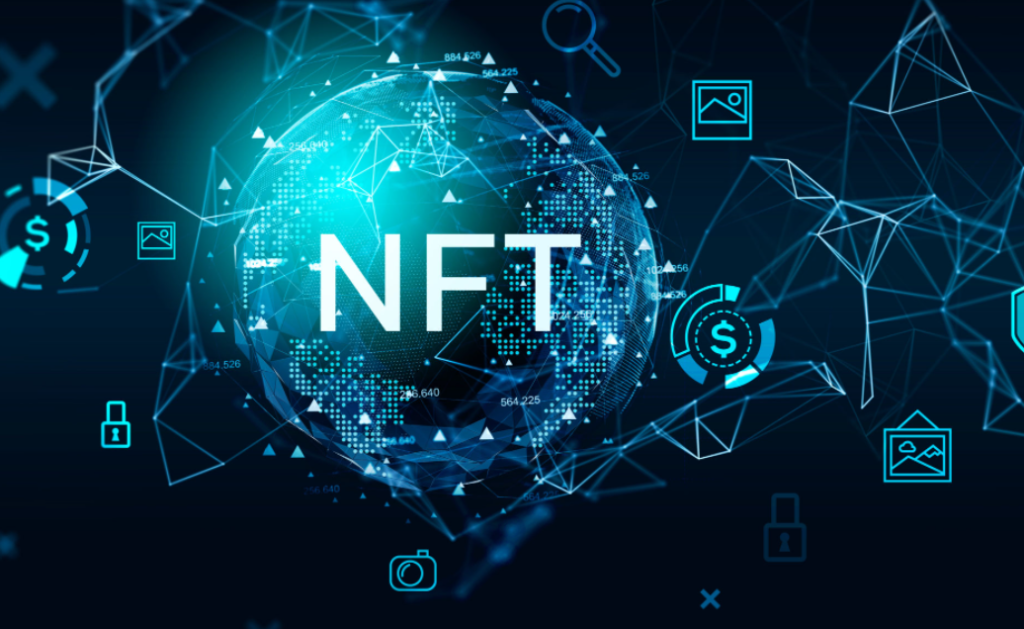
History of Non-Fungible Tokens – NFTs
NFTs were created long before they became popular in the mainstream. Reportedly, the first Non-Fungible Token – NFT sold was “Quantum,” designed and tokenized by Kevin McKoy in 2014 on one blockchain, then minted and sold in 2021 on Ethereum. Non-Fungible Tokens – NFTs are built following the ERC-721 standard, which dictates how ownership is transferred, methods for confirming transactions, and how applications handle safe transfers. The ERC-1155 standard, approved six months after ERC-721, improves upon ERC-721 by batching multiple non-fungible tokens into a single contract, reducing transaction costs.
Non-Fungible Tokens – NFTs work
Non-Fungible Tokens – NFTs are cryptographic assets that sit on a blockchain – that is, a distributed public ledger that records transactions. Each NFT contains unique identification codes that distinguish them from each other. This data makes it easy to transfer tokens between owners and verify ownership.
NFTs hold a value that is set by the market – i.e., supply and demand – and they can be bought and sold in the same way that physical assets can. NFTs are digital representations of assets – and can also represent real-world items such as artwork and real estate. Tokenizing real-world tangible assets in this way is considered by some users to make buying, selling, and trading them more efficient, as well as potentially reducing the likelihood of fraud.

Applications of Non-Fungible Tokens – NFTs
Non-Fungible Tokens – NFTs are used to create digital ownership and scarcity. They develop a possibility of interoperability across multiple platforms through blockchain, which acts as the management layer of NFT. Blockchain allows the exchange of an item from one party to another and enables the NFTs to be displayed in various eBay-style marketplaces. NFTs are used in specific applications to acquire unique or rare digital items like crypto-art, crypto-collectibles, and crypto-gaming.
Blockchain games also use NFTs; for example, CryptoKitties, a game developed by a Canadian company called Axiom Zen, allows users to use the Ethereum blockchain to represent in-game assets controlled by the user instead of the developer. In-game assets for CryptoKitties can be traded in third-party marketplaces requiring no added permissions from the developer.
Use Cases of Non-Fungible Tokens – NFTs
Interest in non-fungible tokens has grown, especially with the relative book of crypto-collectibles and NFT art. The popularity of these two uses of NFTs has caused some to view them as the only use case of this technology. However there are various other use cases for NFTs—and as NFTs see increased adoption, new and previously unconsidered use cases will emerge.
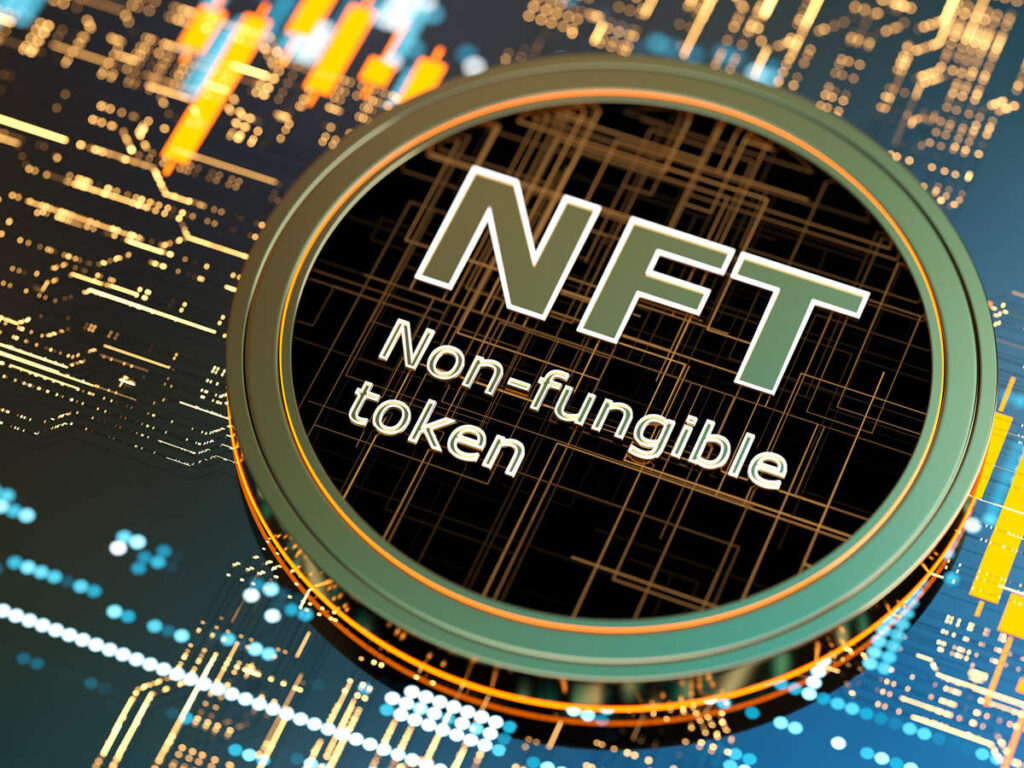
Digital Art
By far one of the most associated uses for NFTs is in digital art. NFTs can be used to make one-of-a-kind digital art items with unique and exclusive properties. Minting an NFT to represent art allows an artist to provide the consumer with proof that the NFT-based art file is the only one that exists. This provides the art NFT a level of rarity and uniqueness due to blockchain’s immutability, and enables artists to get a cut of the secondary sale of digital art, as this kind of secondary royalty can be programmed as code into the NFT to send back a percentage to the original artist.
Collectible Non-Fungible Token – NFT
Not dissimilar to NFT art, collectible NFTs have been another popular use of NFTs. These make up a significant portion of sales on NFT marketplaces, and there can at times be a large crossover between a collectible NFT and NFT art, especially as one can be both. This use case has seen NFT collectibles that include NBA trading cards, a Binance Anniversary NFT, and Jack Dorsey’s first tweet.
Static Non-Fungible Token – NFT
Static NFTs are non-fungible tokens that cannot be changed or modified after their mint. After a mint of static NFTs, they become immutable and permanent on the blockchain. Metadata attached to static NFTs is fixed at the time of creation. As a result, such a “design” is effective in situations where the underlying data does not require changes in the future. Static NFTs are mainly used for art projects, blockchain games, photography, etc.

Dynamic Non-Fungible Token – NFT
Dynamic NFTs are non-fungible tokens, that can be changed or upgraded after their mint. Changing a dynamic NFT implies that ONLY the metadata attached to the dynamic NFT can be changed. Thus, dynamic NFTs retain a unique token ID and contract address, being able to update the metadata in the future. Instructions and conditions for changing the metadata are written in the NFT code of the smart contract before the actual mint of this NFT. Dynamic NFTs store metadata in a mutable format. Metadata can be updated manually by the owner or on terms pre-written in the smart contract.
Gaming
The gaming industry stands to benefit from NFTs, as they can be used to create non-duplicable, in-game items to give gamers a form of ownership similar to character “skins” and “loot boxes” but with an emphasis on one-of-one, which could drive players to collect. This has already been done in some games, such as Axie Infinity, where users mint little creatures as NFTs that can be sold on an in-game market. In other games, this could see players earn non-fungible, virtual, in-game coins that could be used to make in-game purchases, such as of NFT objects and uses, or in some suggested cases, even be used to “cash out” or trade on a cryptocurrency or in-game market.
Fashion and wearables
Luxury clothing brands have begun to enter the NFT space. This has included physical assets such as retail clothing and related accessories with digital companions such as NFTs that are able to merge the real world with digital-world technology, and with increased use of augmented reality with physical couture could provide a new way of experiencing clothes with digital apparel. And in online or “metaverse” applications, a clothing NFT could be used similarly to a character skin in games.

Ticketing
For events, such as sports events or a concert, NFTs could be used to represent tickets, ensuring every attendee has original access and stopping any reproduction of tickets. Furthermore, in the case of a resale of an NFT ticket, the data on the NFT can update to represent the new owner.
Real Estate
In the real estate industry, there is the potential for physical land or property to be represented on a blockchain as an NFT. This means a digital token can have all sorts of attributes, such as location, price, and measurement, which due to the blockchain, would be impossible to tamper with. Furthermore, this could allow landlords or property owners to fragment their ownership of specified property in order to sell parts, either for short-term capital, or else to allow members of an apartment or condo building to own part of the building and vote on changes in the building as a community. This could also be used to sell digital real estate, especially in virtual reality or the metaverse.
Finance
In a decentralized finance (DeFi) scenario, NFTs can also provide financial benefits, as their value can be derived from their utility. For example, JustLiquidity created an NFT staking model, in which a user is able to stake a pair of tokens in a pool for a certain period, and can receive an NFT to access the next pool, which creates a secondary market for these NFTs based on the access they provide. Similarly, BakerySwap’s NFT food combos provide increased staking rewards for holdings. By contributing, users receive a Non-Fungible Token – NFT that provides a variable amount of staking power which can be sold on the secondary market.
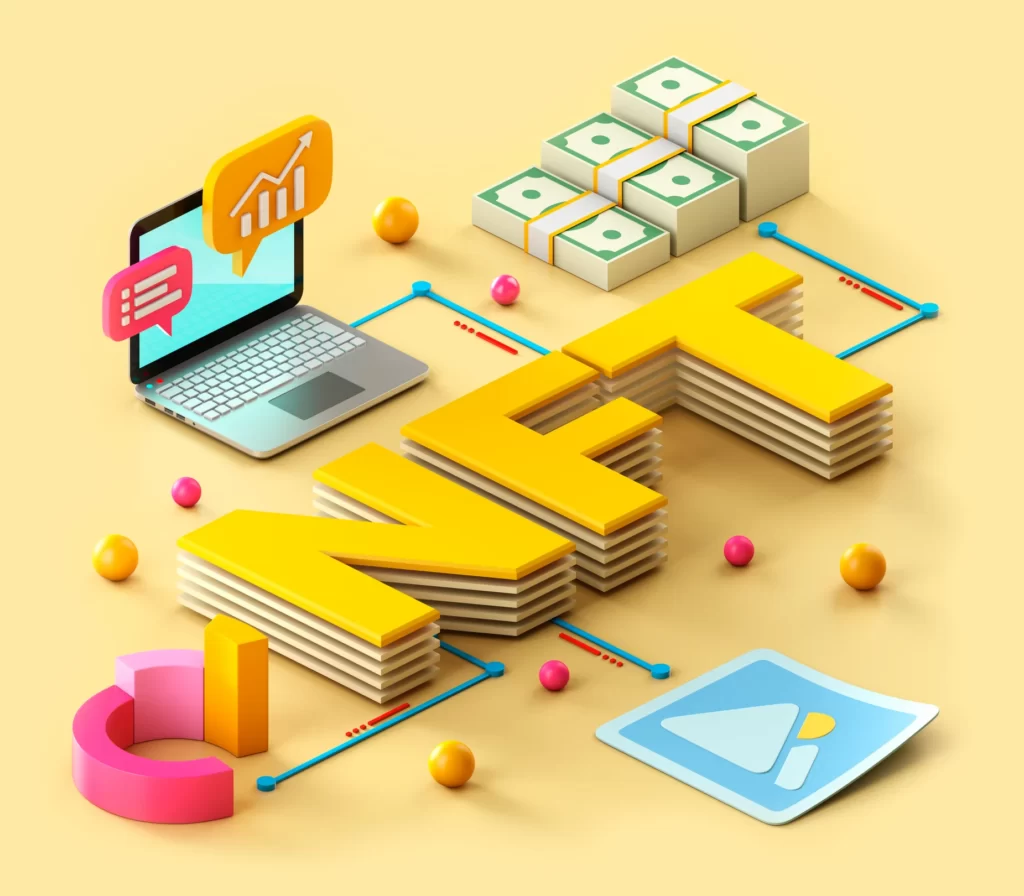
Music
Similar to other collectibles that can be minted as a Non-Fungible Token – NFT, users can attach a video or audio file to a Non-Fungible Token – NFT to create a collectible piece of music, similar to a digital “first edition” of a record. Besides this similar use case to art NFTs, musicians could use NFTs to get a fair share of royalties, either through blockchain-based streaming platforms or blockchain royalty tracking. Another option is working to get a platform to sell royalties and stream music. This could also be used to divorce artists from streaming services and give artists a chance to have users stream their music and pay the artist directly.
Real-world assets
Real-world assets could be linked to NFTs to digitize the way people prove ownership. Similar to real estate, where physical property deeds are used, these could be digitized creating tokenized digital assets of these deeds. This use case has not seen as much support from regulators but is an expected or possible development given other noted and expected applications of NFTs. It could be used for small items such as jewelry, in which a Non-Fungible Token – NFT can provide legitimate ownership, similar to the certificate of authenticity that comes with a genuine diamond. And in this case, the certificate would be an NFT.
Logistics
Blockchain technology, and by extension NFTs, can be useful for logistics, mainly because of its immutability and transparency. It can be used to ensure supply chain data remains authentic and reliable. With essential commodities and perishable goods, it can be important to know the details related to the goods and how long they can remain usable. A Non-Fungible Token – NFT can also represent unique items and could contain meta-data, such as the product’s origin, journey, and warehouse location. One problem with the ways that have been proposed to use NFTs on a supply chain is that they require each stage to use the same infrastructure, or for different infrastructures to be interoperable.

Domain name ownership
Similar to its proposed uses in other forms of ownership, and especially with blockchain domain systems, owners can control the domains using private keys. Domain name NFTs enable easy trading and customizable domain names. This can also reduce the centralization of the domain name registries and decentralize the ownership and registration.
Identification and documentation
NFTs have been proposed as a possible solution for personal identity management. They contain unique information stored in their tokens, which can be used for documenting degrees, certificates, medical records, and qualifications, which can be issued over the blockchain as an NFT and traced back to the owner.
Metaverse and virtual land
With the metaverse, and in other virtual lands, NFTs can be used to own part of the land or metaverse, similar to applications in gaming. Further, the metaverse offers a place where NFTs could be stored and appreciated. And it offers a chance for users to build digital real estate portfolios, including building a virtual office building, which could be rented out. And these properties can be bought and sold on virtual markets much like property is done regularly.

Check Also: The U.S. Government Wants to Cut Off Crypto Access to Banks
Frequently Asked Questions (FAQs)
What can non-fungible tokens be used for?
Non-fungible tokens can be created to represent virtually any asset, whether physical, digital or metaphysical. However, the most common NFT assets are digital art, digital collectible items, pieces of content like video or audio, and event tickets.
What do you need to know about non-fungible tokens NFTs?
“Non-fungible” more or less means that it’s unique and can’t be replaced with something else. For example, a bitcoin is fungible — trade one for another bitcoin, and you’ll have exactly the same thing. A one-of-a-kind trading card, however, is non-fungible.
What is the future of NFTs?
NFTs have the potential to revolutionize the real estate industry by replacing land deeds, titles, and all documentation verifying the ownership of the real-estate asset with NFTs.
Can non-fungible tokens be exchanged?
NFTs are different. Each has a digital signature that makes it impossible for NFTs to be exchanged for or equal to one another.
How do NFTs get value?
NFT rarity will determine its value. For example, a rare NFT can be a first-of-its-kind piece of digital art by an illustrator; some NFTs made by celebrities also fall into the category of a rare NFT.
Are all NFTs worth money?
An NFT has value because the buyer and their community believe it has value—which is true for all art and collectibles. And as time goes by, an NFT gains more of its own character, based on factors like who’s owned it and how they’ve used it.

